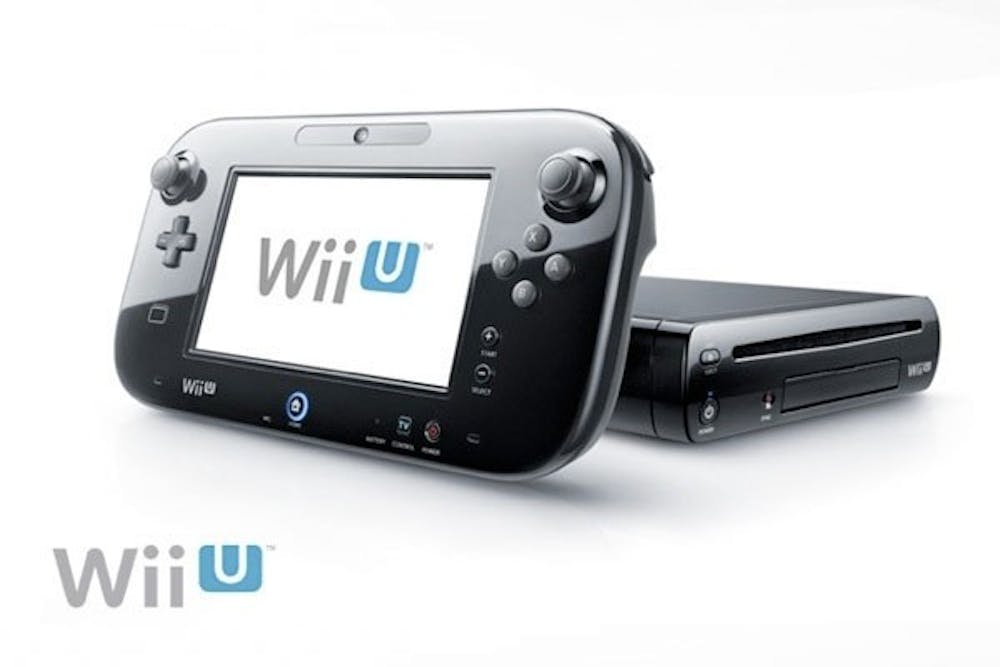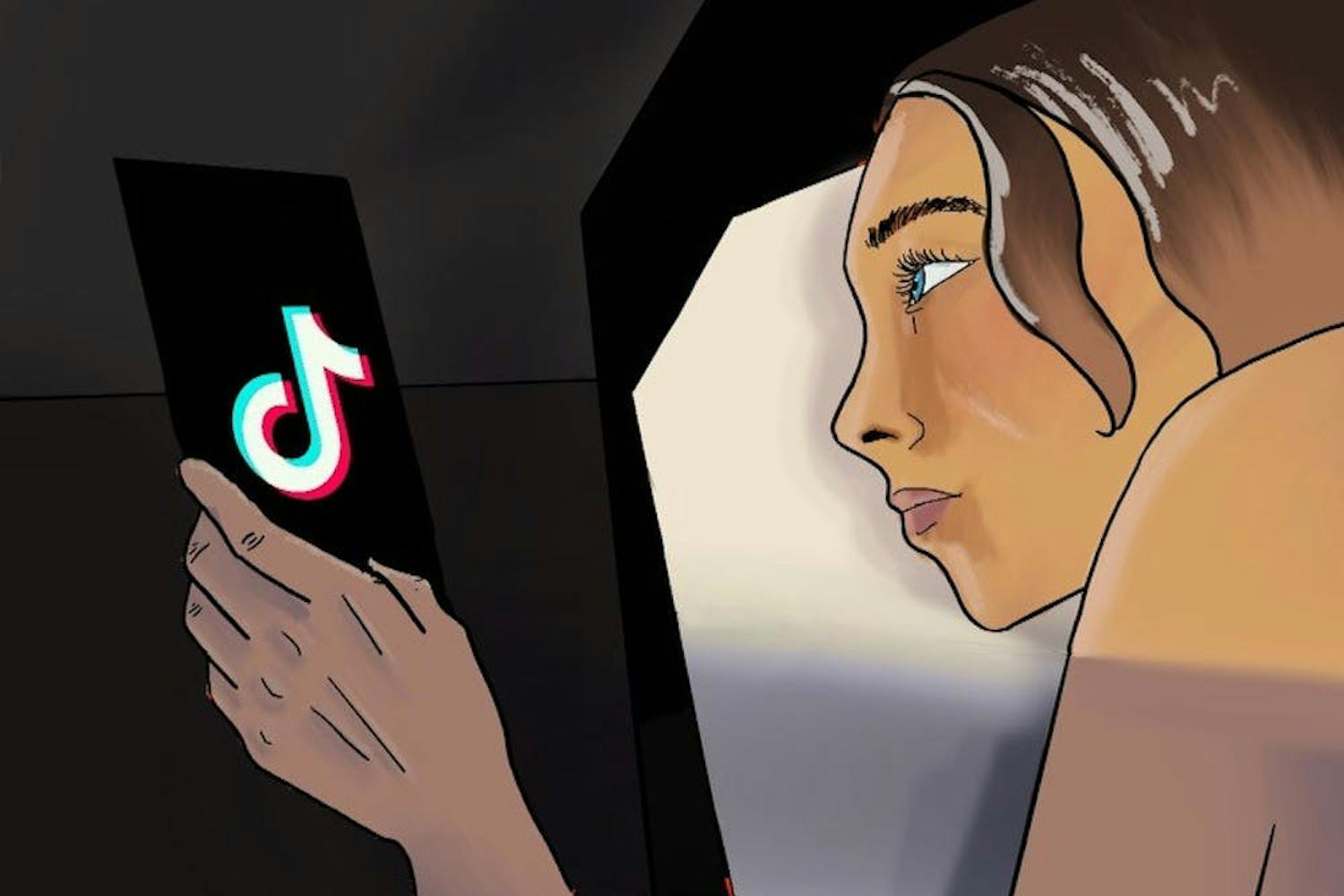The video game community has finally received its newest gaming console: Nintendo’s Wii U. Released last week, the successor to the Wii has been anticipated with both skepticism and enthusiasm since it was first announced at the E3 conference in June 2011. Now that it has finally been released, it has been met with similarly mixed feelings.
Entertainment powerhouse IGN reviewed the Wii U as a “mix of awesome new ideas and mediocre execution.” CNN writes that the Wii U “already has a lock on the future of big-idea gaming,” while Eurogamer.net states that its controller “feels slightly insubstantial, almost like a toy.”
As is usual with its console releases, Nintendo attempts to revolutionize gaming. Its newest controller, called the GamePad, is a large tablet with a touch screen placed between its buttons and joysticks. While it may seem uncomfortable for extended play sessions, the controller is actually quite fitting. Its lightweight and moderate size are proportional enough so that it is not a heavy burden on the hands. It has been compared to a large Nintendo DS but with more functions.
Its touch screen provides the innovative gaming edge that Nintendo seeks. With an additional screen, multiplayer games can now be played without needing to divide the main screen into compartments for each player. For instance, in the launch title “Nintendo Land,” a game of hide-and-seek allows the GamePad user’s location to remain hidden from the pursuing players — the one hiding only sees the tablet’s screen.
The touch screen provides some other nifty features. From the Wii U, gamers can browse the Internet, search through Netflix or Hulu and even stream games from the console to the controller, making the Wii U slightly portable. If a family member wants to use the television, most games can be played straight from the screen on the GamePad.
However, the innovative Wii U comes with some drawbacks. The battery on its controller only lasts for 3 hours on average before it must be recharged. A common complaint among critics is that the Wii U’s launch game lineup is subpar and does little to show what the system is capable of achieving.
Nintendo has not developed many games for its own system. New Super Mario Bros. U gives a nostalgic side-scrolling Mario experience in high-definition graphics, while Nintendo Land creates mini-games from Nintendo franchises to showcase the controller’s technical potential, and that’s about it.
Games created by other developers have not been particularly innovative. Nintendo fans should rejoice that a full Assassin’s Creed and Call of Duty experience now exist on a Nintendo console for the first time ever, complete with graphics on par with those found on the Xbox 360 or the PlayStation 3. These games are just as fun on the Wii U, but they are mere conversions of games already existing on the market. It is not that the Wii U’s lineup offers bad games, it is just that the existing games do little to demonstrate the Wii U’s unique characteristics.
Games developed specifically for the Wii U have not been received well, particularly Zombie U, Ubisoft’s unique survival horror game where players must scrounge around post-apocalyptic London for a refuge from impending zombie swarms. Zombie U was one of the Wii U’s most promising launch titles, but it flopped among critics. Authoritative gaming site GameSpot.com scored the game a measly 4.5/10.
If there is a theme for Nintendo’s newest console, it is that only time will tell. As of now, no title has yet to demonstrate the system’s true potential — its innovative capabilities, graphics output or developer interest. Despite the Wii U’s mixed criticism, there is much possibility in its future. As soon as Nintendo capitalizes on its capabilities, the game market will forever be changed. It has the appropriate hardware needed to craft cutting-edge games, and a lackluster game launch means it can only get better from here. Only time will tell.
Reach the reporter at jconigli@asu.edu





